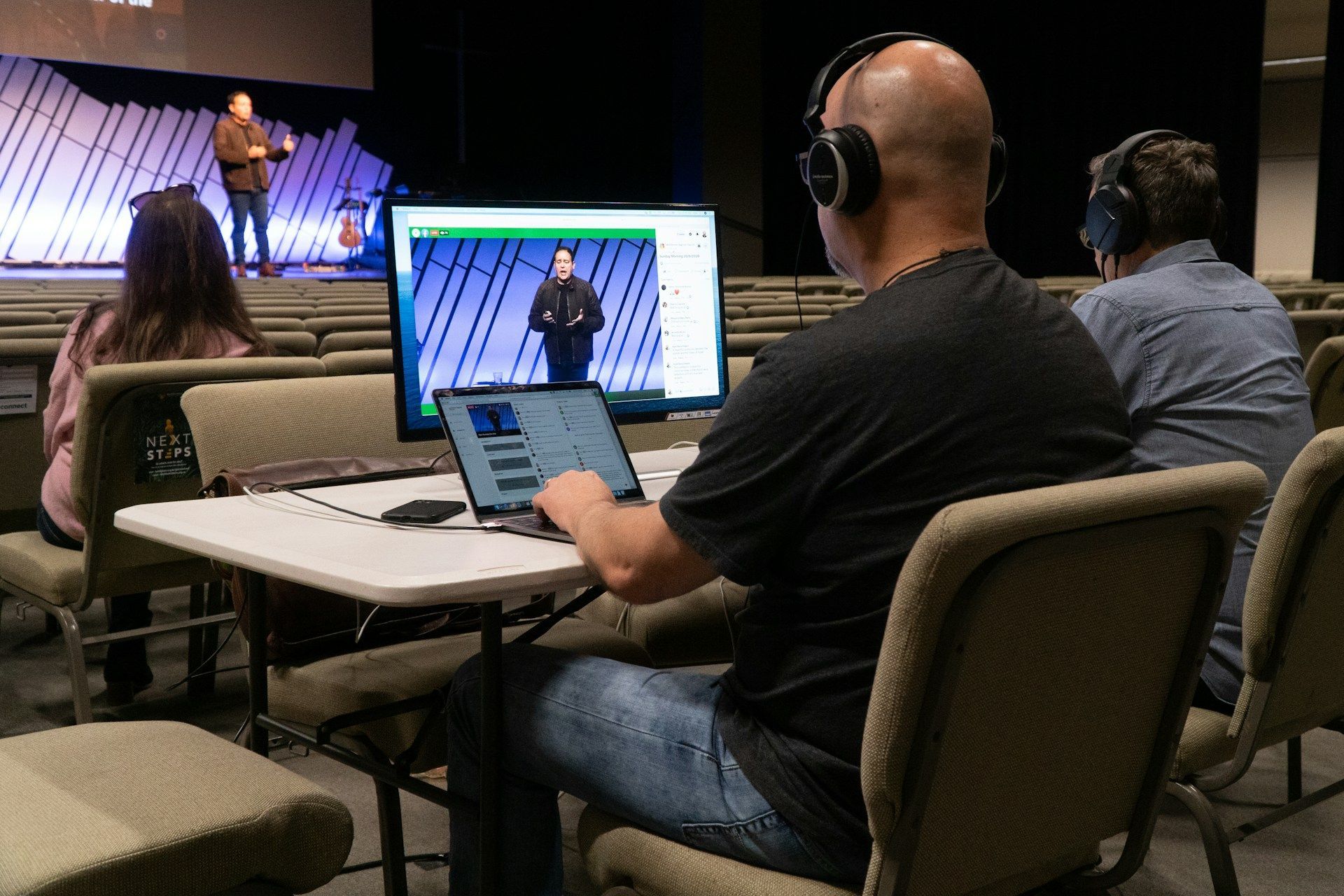5 Things Your Church Website Needs to Attract Millennials
Millennials are known as digital natives, or those generations raised in a digital, media-saturated environment. Because of such exposure, they use the Internet and social media more frequently than other age groups.
This is a trend that you need to pay attention to if you want to bring in younger members to your church. Word-of-mouth and other traditional marketing efforts may not be enough to appeal to them. You have to go digital and be where they are. This is where the importance of a church website comes in. It serves as an online representation of your church and allows people on the web to find you in searches.
However, having a website is not enough.
If you are looking to grow your church population and reach younger people, here are some things you should implement in your website.
1. A Glimpse Of Your Church
This is among the first things that millennials want to know about your church. Before they attend your service, they first want to know what the experience is going to be.
To make them feel at home and at ease, use write-ups, images, and videos to introduce your church. It’s a smart idea to have a dedicated page on your website for these materials so that interested millennials have a resource they can easily access. Such a resource will help them get a clearer picture of your church.
2. Professional Web Design and Engaging Graphics
You need to make a great first impression to encourage first-time visitors to stay. One way to achieve this is to ensure that your design is modern and professionally made. It should be neat and organized, providing as much essential information as possible without making the page too cluttered.
Having engaging graphics in between sections and wherever it makes sense helps as well. It keeps millennials from getting bored from the huge chunks of text and encourages them to keep navigating your site.
3. Sermon Videos or Broadcasting
Millennials, just like other people, attend church to hear challenging and inspiring sermons. Considering this, it’s a smart strategy to add your previous sermons and the schedules for future ones on your website.
This gives these young people more chances to check out your sermons first before they decide to physically attend a service. Moreover, this also works well for those who want to hear your preachings but have to travel often—the live stream option enables them to worship with you, even when on the road.
4. Educational Content
Your church is a brand, even if it isn’t in the business of selling a product or a service.
While you do not need to publish marketing and promotional content, you need to keep your blog section running. This could be done by creating informational content, like fundraisers, community events, and even educational posts. Most importantly, don’t forget that you can also use it to minister to millennials.
5. Honesty
One important thing to remember is that you don’t have to do gimmicks or try to sound laid-back to appeal to them. Be authentic to millennials just like how you are with different generations. Ultimately, be the same church that they go to, both online or offline. With fake news so rampant today, millennials value now more than ever the importance of truth and authenticity.
Conclusion
Getting your church online enables you to reach out to millennials more effectively. However, the work does not stop with building your website. You need to incorporate the aspects mentioned above to encourage them to join you for your services—and not drive them away. Above all these things, don’t try too hard and be true to yourself. Interested individuals and future churchgoers will appreciate you for that.
Need help with your
church's web design? We have got you covered. At Faithworks Marketing, we exist to help churches and nonprofits widen their reach. If you’re ready to magnify your message and reach out to more people, please get in touch with us today.












